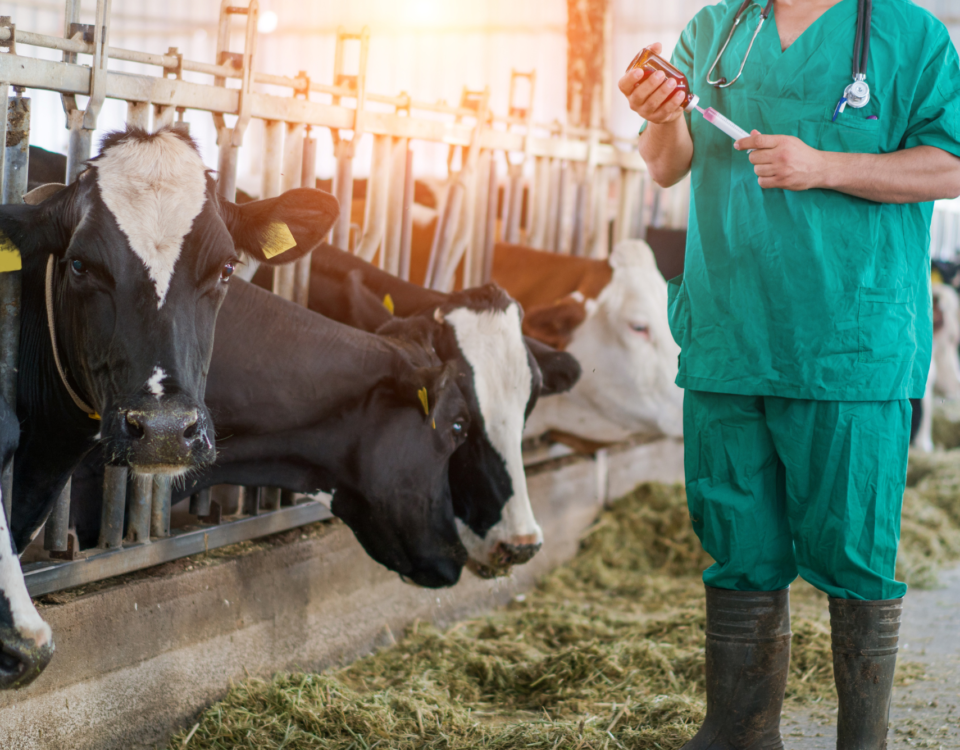
Acidifiers
August 20, 2019
Heat Stress in Poultry
June 19, 2020Calcium Balance during the post-partum phase
Calcium balance can be summarized as follows: about 11 grams in the extracellular lumen and 3.5 grams in the bloodstream.
Everything is coordinated by the parathyroid hormone (PTH) and by the activated Vit D3. The positive component is represented by the calcium contained in the osteoclasts (~8 kg) and part in the fluid component of the bones (~9-15 gr). The amount absorbed with the diet is also important (45 – 150 gr): this variability is due to the type of transportation used, active or passive (the first type is much more efficient than the second). In addition, the amount recovered by the urine, through the PTH, should also be considered.
The negative component is represented by the calcium dispersed with the colostrum (2,3 g/L) and later with the milk (1,1 g/L) another non-recoverable amount lost with the urine and an endogenous amount left with feces.
The optimal management of the mineral, energy and protein component, associated with suitable management of time and spaces, allows having performing cows with an efficient immune system; therefore, we have healthier and more productive animals.
Calcium Balance, How does the absorption of calcium occur?
The absorption of calcium administered with the diet occurs through two mechanisms, the first defined as active transport or vitamin D dependent and one defined as passive or vitamin D independent, the latter taking advantage of the canals present in the intestinal mucosa where the calcium is freely absorbed.
The calcium homeostasis represents a challenge for the cow, at the beginning of lactation, because both the colostrum and the milk contain important amounts, therefore in order for the cow to survive, it must utilize the calcium contained in the bones, this ensures that negative balance of calcium continues for the first 3 months of lactation. Unfortunately, it must be noted that most cows in their lives have gone through an experience of a low level of calcium in the blood.
Hypocalcemia can be the door (or in any case, a joint cause) to numerous secondary pathologies such as placental retention, metritis, ketosis and abomasal dislocation. It is also important to remember the importance of calcium in the immune response. Cows in hypocalcemia are marked by a low concentration of neutrophils and by a reduced percentage of the same in the active phase.
Subclinical hypocalcemia
Particular attention for calcium balance during post partum should be paid to subclinical hypocalcemia or low level of calcium in the blood, but in the absence of clinical signs. How low? Less than 2,1 mmol/L (8,6 mg/dl), because lower levels are associated with an increase of cases of metritis. It is characterized by a high incidence, over 50% of the multipara are affected, and it cannot be exclusively managed with diet, even if it is anionic.
The only effective way to avoid problems in calcium balance is to administrate calcium in the post-partum and the best approach is through formulations orally such as the bolus.





